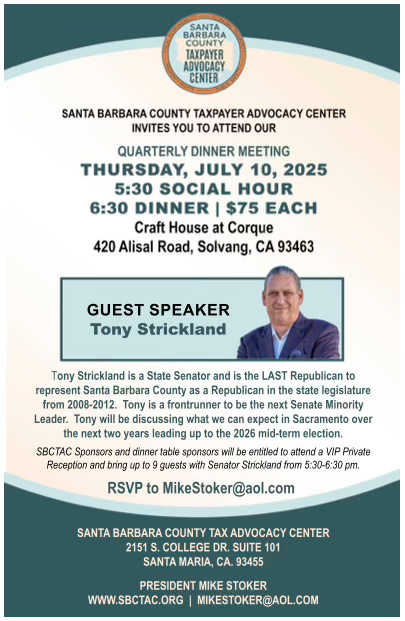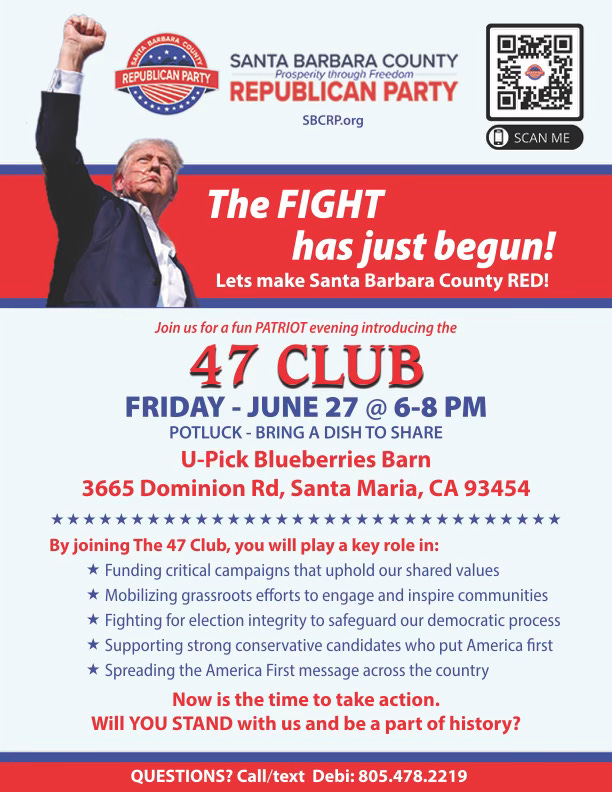Trust Broken, Beautification Bankrupt
Yet here I am—another person speaking up about the state of State Street, which is the canary in the gold mine of businesses in Santa Barbara.
And that canary?
It’s coughing.
Loudly.
There’s something poetic about Santa Barbara: the ocean breeze, the historic charm, the red-tile roofs. And then there’s State Street—once the heartbeat of downtown, now more like a patient in a coma, hooked up to tubes, being monitored by consultants with clipboards and no clear plan to revive it.
To be fair, the city is trying. Beautification is noble. We all want a vibrant, clean, inviting downtown. But when it costs $2 million in consulting fees and we still don’t have a functioning plan or coherent direction, it begs the question:
Who is this all really for?
Because right now, it seems the only ones truly enjoying the beautification are the people sleeping on the benches.
📉 Trust: Broken
I’m a taxpayer. A local. A father. I want to believe the people managing Santa Barbara’s finances have a plan. But what we’ve received are PowerPoint decks, “visioning sessions,” neon paint jobs, and an oddly expensive game of Sidewalk Tetris.
Let’s start with State Street, the centerpiece of this civic drama. After the pandemic, it was closed to cars—a timely and popular move. We were promised a reimagined downtown: walkable, safe, alive.
So far?
$2 million spent on outside consultants
Neon-colored bike lanes confusing everyone
Pop-up furniture that looks like it was scooped from a Craigslist garage
A “Short-Term Action Plan” with no action
Yes, cars are gone. Bikes have taken over. But pedestrians? Not so much.
The promenade hasn’t turned into the thriving community corridor we were promised. We don’t exactly have a flood of people, at least not the kind of crowds we saw back in the glory days of Paseo Nuevo, Nordstrom, Macy’s, or even Piccadilly Square. Those days of anchor stores and steady foot traffic are long gone—and with them, much of the momentum that once made downtown magnetic.
Now, we’re left with empty storefronts, tangled outdoor furniture, and businesses being asked to pay into a State Street Business Corridor Benefit District—a fancy phrase for charging local shops more money while delivering no tangible improvements.
🚇 The $11 Million Tunnel to Nowhere
Let’s move south—literally—to the State Street underpass. For $11 million, we got:
Wider sidewalks
Decorative tile
Custom railings
Improved lighting
It looks nicer. But let’s be honest: it’s a glorified tunnel. It doesn’t draw tourists. It doesn’t boost sales. It doesn’t pay for itself. It’s a civic Band-Aid dressed in Spanish tile.
In a city facing a $7 to $10 million annual deficit, this feels less like “strategic investment” and more like expensive distraction. Beautification is fine, but beautification without a business model is like frosting on a stale cake.
🏟️ Dwight Murphy Field: $32 Million for Grass and Good Intentions
Next up: Dwight Murphy Field, now undergoing a $32 million facelift. Located between the zoo parking lot and the train tracks, it’s not exactly a regional destination.
City taxpayers are covering nearly $20 million of that price tag. Sure, the upgrades will benefit youth sports, community fitness, and neighborhood families. But again—it doesn’t generate a single dollar in revenue.
At a time when the city had to raise the sales tax to 9.25% just to stay afloat, does this really sound like the best use of funds?
💳 TOT Is Up — But Let’s Not Pretend It’s a Victory
Yes, the City’s Transient Occupancy Tax (TOT) revenues have gone up over the last ten years. But let’s not confuse that with growth.
It’s not because more people are coming to Santa Barbara. It’s because we’re charging the ones who do come a lot more per night.
Room rates have surged. Hotel prices are through the roof. Airbnb hosts are being taxed. The city’s taking in more revenue per visitor—but the actual volume of visitors hasn’t exploded. Meanwhile?
Local businesses are closing. Storefronts are sitting empty. And yet we pat ourselves on the back for a revenue chart that says “up.”
TOT is up in the same way your credit card bill goes up when you buy fewer things at double the price. It’s not progress—it’s inflation.
We’re squeezing more out of fewer visitors, while the downtown experience erodes beneath the pressure.
🏛️ A City That Spends Like It’s Flush—But Isn’t
Let’s tally it up:
$2 billion in planned capital projects over five years
$800 million remains unfunded
$135 million in bonds issued (including for the police station and park)
$8 million per year in debt payments
Measure I passed to plug operational deficits
Meanwhile, city leadership celebrates tilework, opens benefit districts to bill businesses, and pours millions into temporary “pilot projects.” The only people who seem guaranteed a seat downtown anymore are those with nowhere else to go—and that’s a painful truth no consultant’s report is going to solve.
🧠 Final Thought
Santa Barbara doesn’t have a spending problem—it has a prioritization problem.
You don’t upgrade your landscaping when your plumbing is leaking.
You don’t hold ribbon cuttings when the budget’s bleeding.
You don’t call a plan “community-driven” when the community keeps asking, “Where’s the plan?”
Beautification is lovely. But it’s not leadership. And leadership is what’s missing.
“By their fruit you will recognize them.” — Matthew 7:16
We’ve seen the fruit. And it’s a $2 million report, an $11 million tunnel, and a $32 million park—while trust in city leadership continues to erode.
Santa Barbara, we love you. But you can’t spend your way into trust. You have to earn it.
And right now, the tab is due.







Nicely written, right on point, and I especially like the "frosting on a stale cake' line. Brian, the City council needs you to join Randy and turn the council votes and numbers.
Brian--Exactly! The entire lot of councilmembers should be tarred and feathered. What a weak bunch of do nothings-no courage! The only thing they are good at is rubber stamping wasteful spending, as you clearly point out with specific examples.
Santa Barbara (and California) is in serious decline.